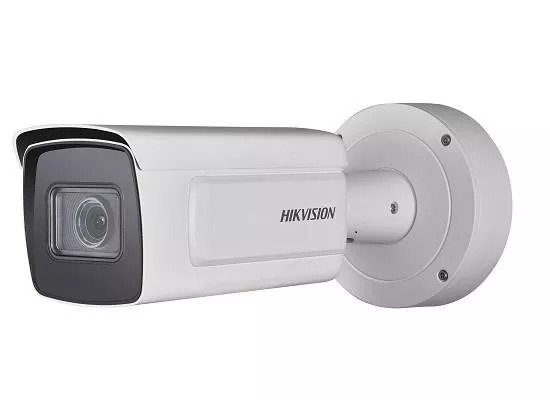Traditional security cameras used purpose-built cables to transmit data from each camera to the recorder. What people realized is that these cables were easy to damage and came with so many different proprietary connections that something needed to be done. Not to mention, the fact that they had limited ability to transmit enhanced features and high definition imagery.
DS-2CD5AC5G0-IZ(H)S
Thus, network cameras were invented. It took some time to develop something that worked well, but that is when IP security cameras were developed. What exactly is an IP camera? Let’s find out.
What Is An IP Camera
IP stands for internet protocol and it is a method for data transmission that uses the internet to send and receive data. An IP camera therefore is a camera that sends its video over the internet to a central point or to a network. The exact method of receiving depends on the system you set up.
Compared to old methods of transmitting data, internet protocol allows for a far larger amount of data to be transmitted. We use the internet to transmit large amounts of data every day, every hour, every minute, it shouldn’t be much of a surprise that an IP camera can take advantage of that.
How Are IP Cameras Connected?
The main method for IP cameras to connect to a network is to use an ethernet connection. This is the same type of cable that you use to connect your internet modem to your router. There are a wide variety of these cables available but a professional installer typically carries multiple types and cuts their own. They then affix connectors themselves.
If you use IP cameras that utilize ethernet cable you can power them with the same cable. Most modern IP cameras allow for PoE (Power over Ethernet). This helps to reduce the amount of cabling and work that needs to be done.
Another method for connecting an IP camera to the network is to use WiFi. The camera will connect to a new or existing wireless network and transmit data. These types of cameras are easier to interfere with and are more for home use.
Features Available
In general, you can have just about any feature that is available for a security camera on an IP camera. The data transmission capabilities allow you to communicate data such as camera commands, night vision, thermal vision, two-way audio, and more. More features are constantly being developed so that the cameras can provide even better coverage.
As far as video quality, you can get IP cameras in every level of quality currently available for security cameras. That starts at the lowest quality and includes the latest high definition quality. Both 1080P and 4K UHD are supported by IP cameras. Multiple levels of 4K are already supported.
Because IP cameras transmit signal over the network, they are a great option for temporary or versatile needs. It is much easier to relocate an IP camera system if needed than other kinds of camera systems. This is especially true of the WiFi IP cameras.
Base Stations
A traditional security camera system uses a base station to send and receive data. These older style systems were called Digital Video Recorders. When using an IP camera you may or may not have a Network Video Recorder, the modern version of a DVR. These stations serve as a control point for all of your cameras and come with a variety of options.
However, because the cameras are connected to the internet, some systems don’t require an NVR. They simply connect through the internet to a remote station or the manufacturer’s network.
If you do have a base station, these still work in much the same way as a traditional base station. You can connect a monitor and view all of the cameras. The NVR also allows for programming and editing of settings.
IP cameras are very popular in the modern security world. The power of an IP security camera means that you can get just about anything you need out of your security camera. If you are looking to get a security camera system take the time to look at IP cameras and determine if they are right for your needs.




